
Month: October 2018
Adirondack Fall Foilage 2018
October 19, 2018Autumn colors passed their peak about a week ago. The best fall foliage happens at an early cold autumn. This year it stayed warm very late (something I’m not complaining about, after last winter!). Even in an off year, it’s still pretty. I went out several times but had trouble getting pictures because it kept raining and I didn’t want to get my camera wet. Anyway, here it is.
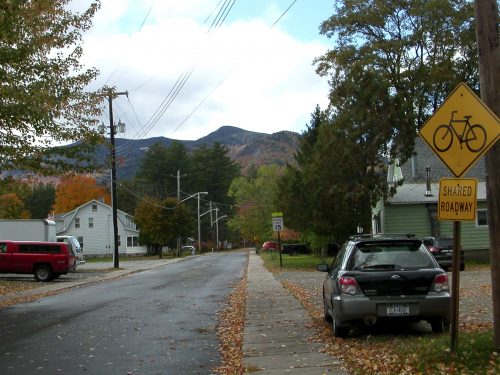
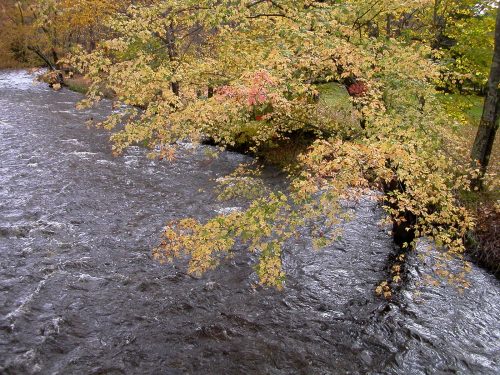
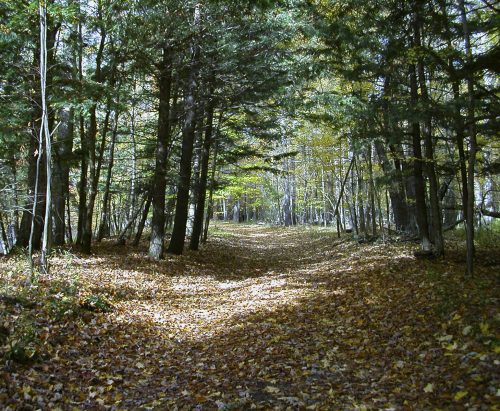
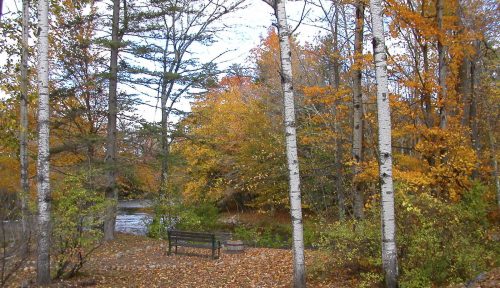

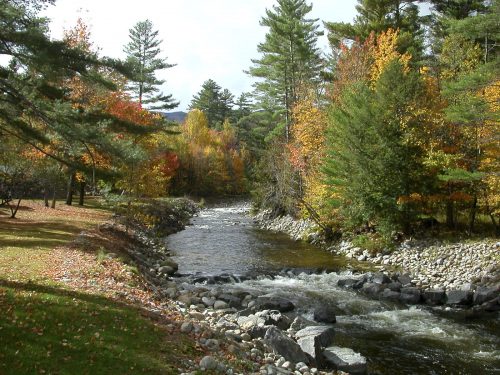
Calling Hestia
October 12, 2018Shapes of Deer
October 4, 2018
Driving back from town yesterday in the early evening, I saw more deer by the road in more places than I could count. Seeing so many deer made me think of this passage from Divining with Animal Guides.
The Scottish goddess Cailleach Bheur roams the hillsides herding giant deer and drinking their milk. Cailleach, under various spellings, has been characterized as a deer, hare, cat, grain, serpent, gray mare, mountain, stone, and hag goddess, or as a hag goddess alternating with a maiden alter-ego. The pervasive characteristics of this deity are: female, old, and very large (even giant). I believe Cailleach is a word for a pre-Celtic concept of ancestress, and hence we should expect to find many Cailleachs. The deer Cailleach may be a reindeer, since milk and herding are part of her lore. Reindeer were indigenous to northern Scotland up to the thirteenth century. Alternatively, the deer Cailleach may be linked with Red Deer, who also live in groups and are larger than other European deer species. Another possibility is that the deer Cailleach could be an Irish Elk, a huge species of deer (not elk) that inhabited much of western Eurasia through the Ice Age. It is speculated that the changing climate could not support the Irish Elk, but the species was able to Into the Mist survive in isolated pockets throughout the Neolithic, documented in the foothills of the Ural Mountains even in historical times. The male Irish Elk had beautiful, formidable antlers.
The Scottish word for shape shifting, fith-fath, literally means to take the shape of a deer. It is easy to see why deer, having such a fey quality, would be equated with this concept. Deer are crepuscular creatures, active in the gray periods of the day, and seem to appear and disappear at will. I once stood next to a doe in an open forest and did not see her, so invisible did she make herself. It was almost like she transformed herself into a tree. I have heard many anecdotes about women changing themselves into deer—always women for some reason—and I have even witnessed this phenomenon myself.
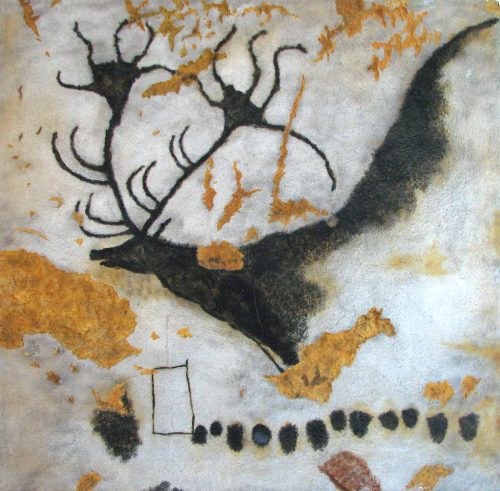
BCE.

